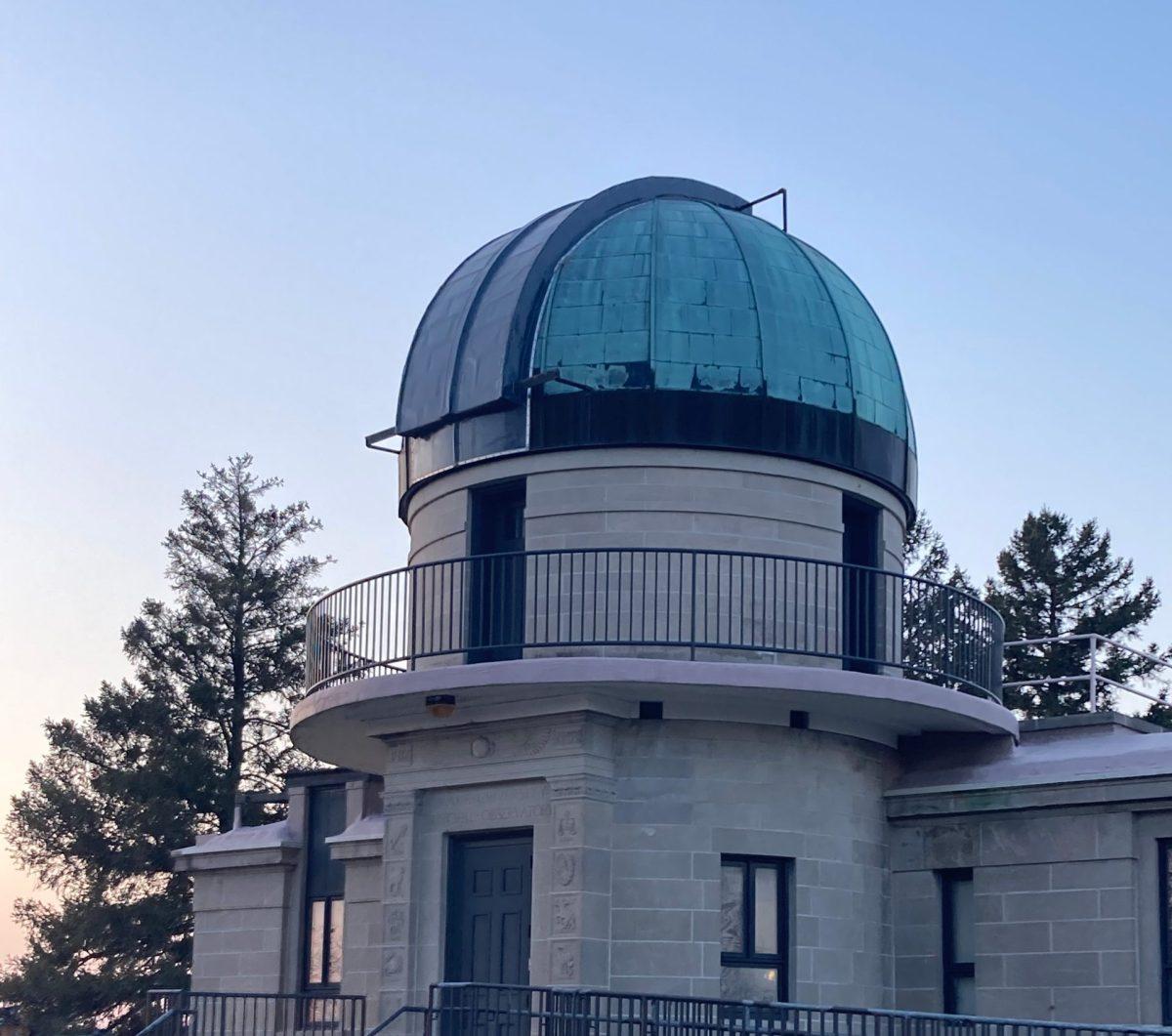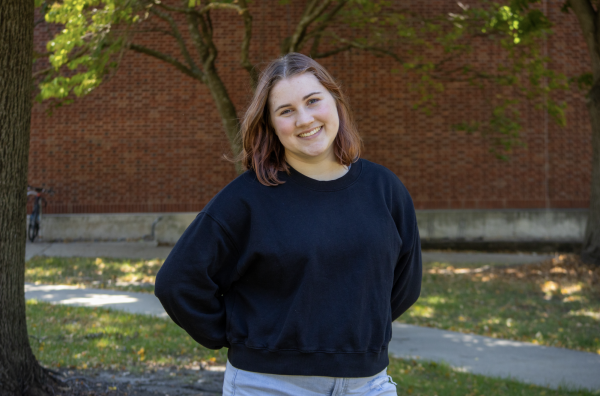Drake’s physics and astronomy department boasts a rich history, including graduate and former president of Drake Daniel Morehouse and a 102-year-old observatory. Today, students in the department have had opportunities to work with a professor whose work was cited in a Nobel Peace Prize in Physics and join the NASA grant-funded MISSFIT research program.
The astronomy and physics programs were among the proposed program cuts released to Drake students and faculty by Provost Sue Mattison on March 1.
“I could kind of feel it coming, but at the same time, I never expected it to just be fully cut,” said Sam Mortenson, a senior majoring in astronomy, physics and mathematics. “I just thought they would be cutting some classes, lessening the degree requirements and just making it more or less a worthless degree — but not just canceling it completely.”
Students currently enrolled in cut programs would be able to finish their degrees at Drake through a teach-out program, according to the Drake internal site “Shaping Our Future.”
Tristan Parmerlee, a sophomore majoring in astronomy, physics and mathematics, has greatly benefited from the opportunities and community at Drake but is worried about the quality of the teach-out program if his majors are discontinued.
“We don’t have any confirmation on the teach-out program stuff right now, but none of the whispers that I’ve heard sound like good plans right now, or at least ones that I would want to pay Drake tuition prices for,” Parmerlee said.
Astronomy professor Herb Folsom hopes the history of the department will convince the Board of Trustees to vote against cutting the astronomy and physics majors. Folsom has been assured that the observatory and his position there as assistant director will remain at least through the 2024-2025 school year if the astronomy program is cut. However, the observatory’s future is uncertain after next year.
“I personally think it would be a shame if the astronomy program goes away,” Folsom said. “I think it would be an even bigger shame if that 102 year-old observatory goes away.”
The Drake Municipal Observatory is jointly operated by Drake and the city of Des Moines. Folsom says that both the University and the city tried to walk away from the observatory in 2000 due to budget cuts and a lack of funds for necessary repairs, but opposition from the community convinced them to continue running the facility.
Folsom described a similar situation that happened with the Yerkes Observatory in Wisconsin. Operated by the University of Chicago from 1897 to 2018, the university donated the observatory to the Yerkes Future Foundation in 2020, where it has remained operational through this organization and private donations.
“They’re still doing renovations, but they’re keeping it running as a public observatory,” Folsom said. “That could possibly be the future for the Drake Observatory.”
The observatory finished construction in 1921 and replaced the previous facility, a smaller observatory subject to the effects of light pollution. The observatory is located about two miles from campus on the Waveland Golf Course. Founder Daniel Morehouse chose this location as it was less susceptible to light pollution but still available to the community.
“He wanted the observatory to be easily accessible, not only to faculty and students, but also to the general public,” Folsom said. “He thought it was very important for the general public to have an opportunity to learn about the universe around them.”
To carry on Morehouse’s vision of creating a community space, the observatory hosts public education lectures on Friday nights. People can visit the observatory for a lecture, take a tour of the building and, on clear nights, look through the telescope. The lectures, hosted during the spring, summer and fall terms, are free and open to all.
“Most observatories — and I’ve worked at different ones; I’ve been to a lot of them — they don’t really want the public around,” Folsom said. “They’ll let them in maybe once or twice a year, but they don’t want them in the way. This one was set up in the beginning [so it] would always be accessible to the general public. And for most of the last 100 years, it has been.”
Folsom says that 70 to 80 people typically come to the public nights — the observatory seats 80. When NASA astronaut Peggy Whitson spoke at the observatory in September, over 300 people came.
“A full quarter to a third of the crowd every Friday…have never been there before,” Folsom said. “They might have just heard about it that day and said that would be a cool thing to take the kids to on a Friday night, and they come. There’s a wide range from very old people, even older than me, [to] toddlers and kids that are excited about astronomy.”
Senior DJ Henson, who volunteers at the public nights, worries about the future of this program if the physics and astronomy department is cut. The public nights rely on student volunteers, primarily astronomy and physics students, to run smoothly.
“What becomes of the observatory and the public nights when there are no more astronomy students left?” Henson said.
According to Folsom, Drake will likely still offer introductory astronomy and physics courses as Areas of Inquiry and requirements for other majors if the cuts are approved.
“It’s still shocking to think that the University would even consider cutting our program,” Henson said. “We feel, and I feel especially, that physics and astronomy are such a foundational science, especially at this university because there’s so much history in regard to the physics [and] the astronomy program.”








